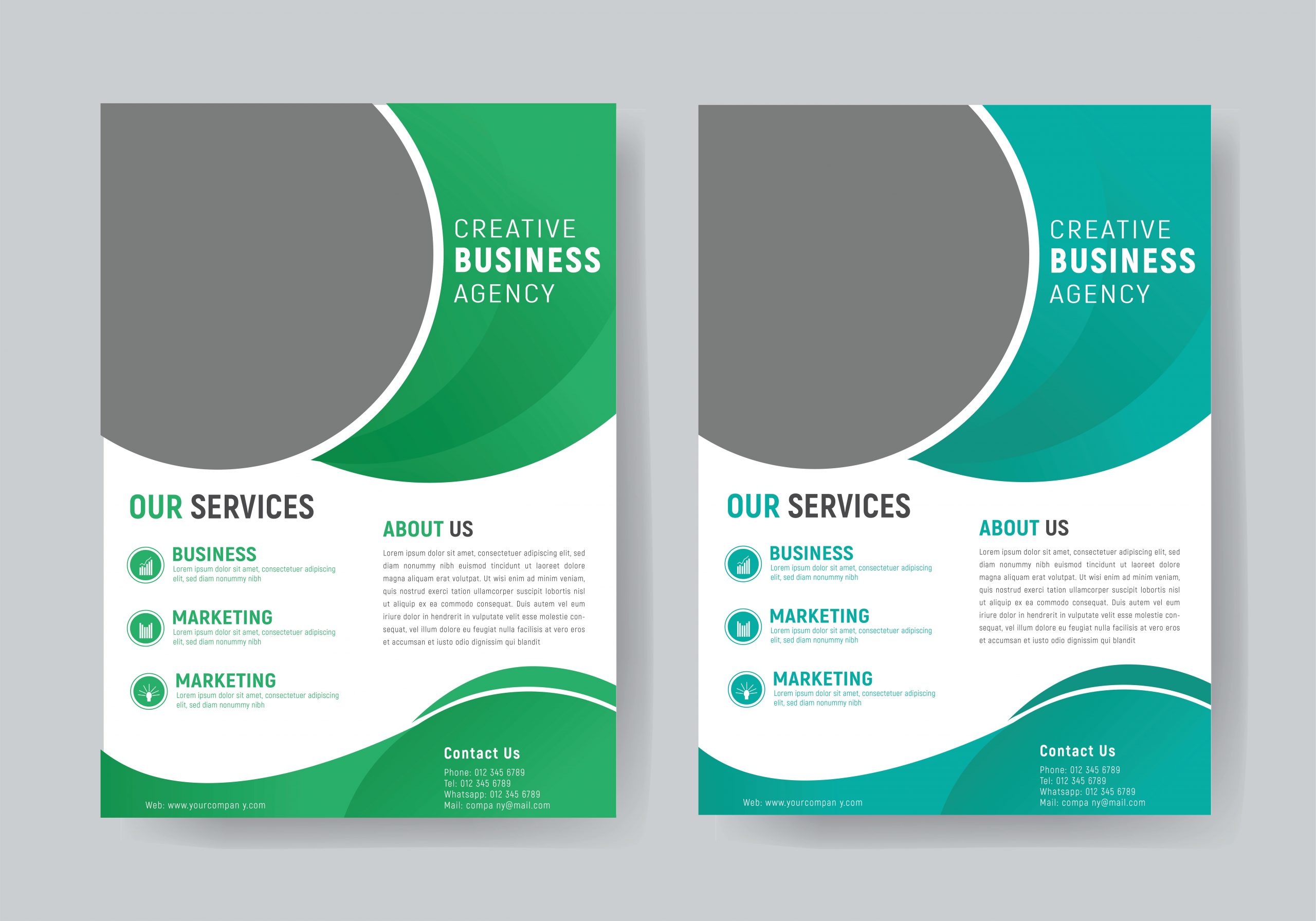In today’s competitive business landscape, a well-crafted brochure design is an essential tool for effectively communicating your brand’s message. Whether you’re a small business or a large corporation, brochures play a crucial role in your marketing strategy, helping you stand out and connect with your target audience. In this comprehensive guide, we will explore the importance of Brochure Design, how to create a corporate brochure that resonates with your audience, and the best practices for optimizing your brochures to enhance their impact.
Why Brochure Design Matters
Brochure design is more than just arranging text and images on paper; it’s about creating a visual representation of your brand that captures the essence of your business. A well-designed brochure can convey professionalism, build trust, and leave a lasting impression on potential clients. Whether it’s a marketing brochure design or a product brochure design, the key is to make it visually appealing and informative, while aligning with your brand’s identity.
Key Elements of Effective Brochure Design:
-
Purpose-Driven Design: Every brochure should have a clear purpose, whether it’s to inform, persuade, or entertain. Understanding the goal of your brochure will guide the design process, ensuring that every element supports your objective.
-
High-Quality Graphics: The visual appeal of your brochure largely depends on the quality of the graphics used. Professional brochure designs often incorporate custom illustrations, high-resolution images, and carefully chosen color schemes that align with the brand’s identity.
-
Consistent Branding: Consistency is key in brochure design. Your brochure should reflect your brand’s colors, fonts, and overall aesthetic. This consistency reinforces brand recognition and helps to create a cohesive marketing message.
-
Engaging Content: While design is crucial, the content of your brochure is equally important. Brochure content writing should be concise, clear, and engaging, providing the necessary information while keeping the reader’s interest.
-
Interactive Features: With the rise of digital media, incorporating interactive brochure design elements such as clickable links, videos, and animations can significantly enhance user engagement.
Creating a Corporate Brochure That Stands Out
A corporate brochure is a powerful marketing tool that can showcase your company’s strengths, services, and values. It’s often the first impression potential clients have of your business, so it’s essential to make it count. Here’s how to create a corporate brochure that not only looks great but also effectively communicates your brand message.
Steps to Design an Effective Corporate Brochure:
-
Understand Your Audience: Before you start designing, it’s crucial to understand who your audience is and what they expect from your corporate brochure. Tailor your content and design to meet their needs and preferences.
-
Focus on Clear Messaging: Your corporate brochure should communicate who you are, what you do, and why you’re the best choice. Use straightforward language and avoid jargon to ensure your message is easily understood.
-
Highlight Your Unique Selling Points (USPs): What sets your company apart from the competition? Make sure your corporate brochure highlights your USPs, whether it’s your innovative products, exceptional customer service, or industry expertise.
-
Incorporate Testimonials and Case Studies: Social proof is a powerful tool in marketing. Including testimonials from satisfied clients or case studies of successful projects can add credibility to your corporate brochure and persuade potential clients to choose your business.
-
Invest in Professional Design Services: While it’s possible to design a brochure in-house, investing in professional brochure design services can significantly enhance the quality of your brochure. A professional designer can bring your vision to life, ensuring that every aspect of the design is polished and aligned with your brand.
Optimizing Your Brochures for Maximum Impact
Creating a brochure is just the first step; optimizing it for maximum impact is where the real results come from. Whether it’s a digital brochure design or a traditional print brochure, optimization is key to ensuring that your brochure reaches and resonates with your target audience.
Best Practices for Brochure Optimization:
-
SEO-Friendly Content: If your brochure is available online, make sure the content is optimized for search engines. Incorporate relevant keywords such as “brochure design,” “corporate brochure,” and “marketing brochure design” to increase visibility and attract more traffic.
-
Call to Action (CTA): Every brochure should include a strong call to action. Whether it’s directing readers to your website, encouraging them to contact you, or inviting them to learn more about your services, a clear CTA guides the reader on what to do next.
-
Distribution Strategy: Consider how you will distribute your brochures. For print brochures, think about locations where your target audience is likely to pick them up. For digital brochures, make sure they are easily accessible on your website and shareable on social media.
The Future of Brochure Design: Trends to Watch
As technology evolves, so do the trends in brochure design. Staying ahead of these trends can give your brochures a modern edge and keep your marketing efforts fresh and relevant.
Emerging Trends in Brochure Design:
-
Minimalist Design: Less is more in modern brochure design. A minimalist approach focuses on clean lines, simple layouts, and plenty of white space, making the content easy to read and visually appealing.
-
Bold Typography: Typography is becoming a central element in brochure design. Large, bold fonts can make a statement and draw attention to key messages.
-
Interactive Digital Brochures: As more businesses move online, interactive brochures that include features like embedded videos, clickable links, and animations are becoming increasingly popular.
-
Eco-Friendly Materials: For print brochures, there’s a growing trend toward using sustainable, eco-friendly materials. This not only appeals to environmentally conscious consumers but also reflects positively on your brand’s values.
Conclusion
Brochure design is an integral part of any successful marketing strategy. Whether you’re creating a corporate brochure or a marketing brochure design, the key is to ensure that your brochure is visually appealing, informative, and aligned with your brand’s identity. By following the best practices outlined in this guide, you can create brochures that not only capture attention but also drive results.
Investing in high-quality, SEO-optimized brochure content will boost your online visibility and credibility, helping you to stand out in a crowded marketplace. With a focus on professional design and engaging content, your brochures can become powerful tools for showcasing your brand and achieving your marketing goals.






